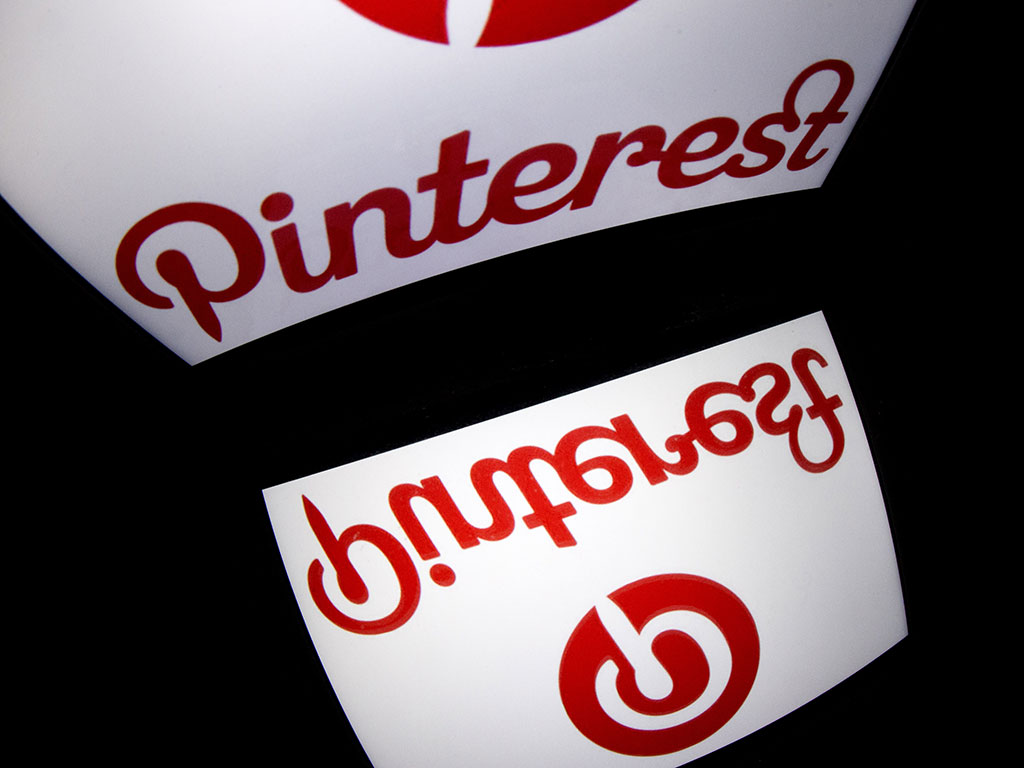Pinterest finally gets money hungry with “Buy it” button
Pinterest ventures into ecommerce with the introduction of a “Buy it” button to its online pinboard service

For years Pinterest has done little to capitalise on its phenomenal popularity. But all that's about to change with a new 'Buy it' button
On June 2, Pinterest made the long-awaited announcement that it will allow its users to buy the items they “pin” on their personalised digital scrapbooks. The new blue “Buy it” button will feature on “Buyable pins,” allowing businesses from across the globe to sell their products to Pinterest’s growing fanbase.
Pinterest has not successfully capitalised on its service and so has earned very little revenue since being established
in 2009
Unique among social media platforms, Pinterest allows visitors to create their own online scrapbooks with ideas and images across an unlimited range of topics. The company describes pins as “visual bookmarks for good stuff you find anywhere around the web or right on Pinterest”. The Pinterest share button is seen on an increasing number of webpages, ranging from recipes to news articles and design blogs, allowing users to save images and website links they want to revisit or share to via different topic boards.
In March, Pinterest was valued at $11bn and received another round of multi-million dollar investments, despite the company’s slim profits over the years. Even though it can boast more than 70 million users per month, Pinterest has not successfully capitalised on its service and so has earned very little revenue since being established in 2009; the company refrains from disclosing figures.
Undoubtedly in a bid to appease investors, at the tail-end of 2014, Pinterest introduced “promoted pins” – its initial foray into advertising. The move has enabled its first significant stream of revenue, with analysts predicting the website will earn $500m through marketing by 2016.
Pinterest users have shown a consistent and growing demand to make purchases through the website, particularly as millions use the free service for planning events, decorating their homes and creating fashion wish-lists. Making this move into e-commerce is a logical step for the company, and one that holds considerable promise for success.
Pinterest has teamed up with several brands and retailers in order to promote its new commerce service, including Macy’s and Kate Spade. Rather than receiving a commission on items sold, Pinterest will charge retailers for promoted-pin advertisements and buyable pins. Payments will be made through Stripe, Braintree and Shopify, which will make it safer and more convenient for users to pay for goods on their smartphones and other mobile devices. Payments can be made via Apple pay or credit cards, although credit card information will not be stored by Pinterest.
According to Shopify, two million people pin ideas on Pinterest every day. Its research shows 93 percent of visitors use the website to plan purchases, while the average order value is $50, beating Facebook, Instagram and Twitter. The “Buy it” button, which will become available in late June, has experts predicting Pinterest will rapidly grow into an e-commerce powerhouse that could become even bigger than Facebook.













